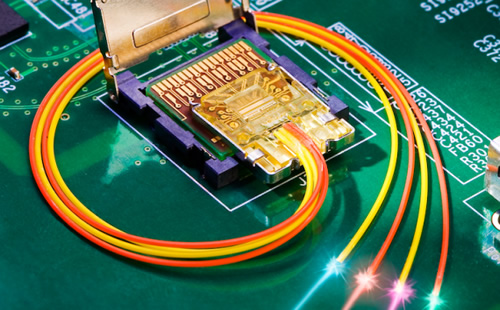Intel has been touting Light Peak as the next big thing in connector technology and a way to reduce the proliferation of ports on modern computers, by using a single interface to handle everything from network connectivity to data transfers and transmitting high definition video to external displays. The interface can reportedly hit 10Gb/s transfer rates – or twice the speed of USB 3.0 – with the potential ability to scale to 100Gb/s in the next ten years. Indeed the company has showed some pretty impressive performance at several public events this year, but now it seems that "practical realities" have the company looking at more conventional technologies for its initial release.
Specifically, it seems Light Peak will debut using copper wires for the transmission of data instead of the technology's signature fiber optics. According to Cnet, however, the shift away from optical networking to traditional electrical interconnections won't affect the planned speed, which is still set at 10Gb/s bi-directionally. Intel hasn't confirmed or denied the reports but if true it remains to be seen how this affects plans to eventually hit 100Gb/s.

Despite the move to copper cabling, Light Peak is said to be on track for a commercial rollout in the early first half of 2011, with Sony and Apple expected to be among the first to use the technology in its products.